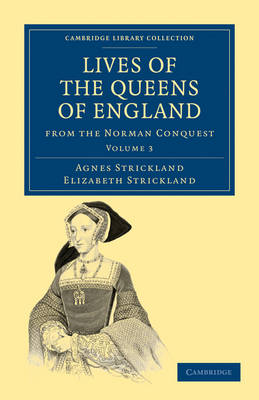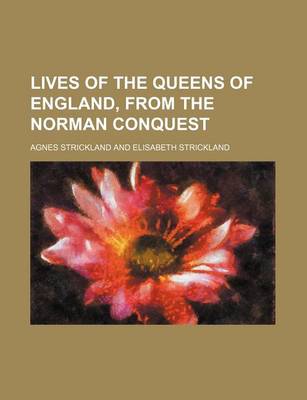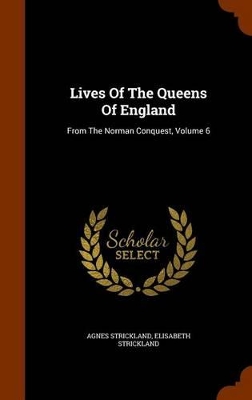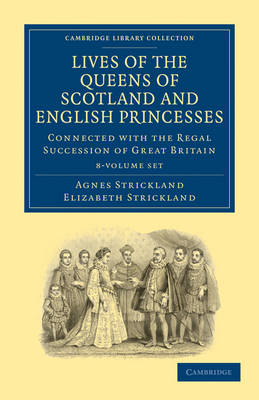Cambridge Library Collection - British and Irish History, General
8 primary works • 19 total works
Volume 1
Lives of the Queens of Scotland and English Princesses: Volume 1
by Agnes Strickland and Elizabeth Strickland
Volume 2
Lives of the Queens of Scotland and English Princesses: Volume 2
by Agnes Strickland and Elizabeth Strickland
Volume 2
Lives of the Queens of England from the Norman Conquest
by Agnes Strickland and Elizabeth Strickland
Volume 3
Lives of the Queens of Scotland and English Princesses: Volume 3
by Agnes Strickland and Elizabeth Strickland
Volume 4
Lives of the Queens of Scotland and English Princesses: Volume 4
by Agnes Strickland and Elizabeth Strickland
Volume 5
Lives of the Queens of Scotland and English Princesses: Volume 5
by Agnes Strickland and Elizabeth Strickland
Volume 6
Lives of the Queens of Scotland and English Princesses: Volume 6
by Agnes Strickland and Elizabeth Strickland
Volume 7
Lives of the Queens of Scotland and English Princesses: Volume 7
by Agnes Strickland and Elizabeth Strickland
Lives of the Queens of England; From the Norman Conquest Volume 1
by Agnes Strickland
Lives of the Queens of England, from the Norman Conquest, Volume 5...
by Agnes Strickland
Lives of the Queens of England, from the Norman Conquest (Volume 4)
by Agnes Strickland
Lives of the Queens of England
by Agnes Strickland and Elisabeth Strickland
Lives of the Queens of England from the Norman Conquest 8 Volume Paperback Set
by Agnes Strickland and Elizabeth Strickland
Lives of the Queens of England, from the Norman Conquest Volume 2
by Agnes Strickland
Lives of the Queens of England, from the Norman Conquest (Volume 8)
by Agnes Strickland
Lives of the Queens of Scotland and English Princesses: Volume 8
by Agnes Strickland and Elizabeth Strickland
Lives of the Queens of England from the Norman Conquest: Volume 7
by Agnes Strickland and Elizabeth Strickland
Lives of the Queens of England from the Norman Conquest: Volume 3
by Agnes Strickland and Elizabeth Strickland









